Sports photography is both frustrating and hugely rewarding. (And by “sports” I am also referring to backyard fun!) I’ve spent three summers shooting hundreds of baseball and softball games. Here are some of the pitfalls I have encountered and how I have dealt with them:
1 | Aperture-Priority or Manual Mode? That is the question.
In an ideal world, I’d shoot in Manual. The truth of the matter is, with sports, things are happening so fast that I don’t have time to change settings UNLESS I am using a prime lens. And since I haven’t yet convinced my husband that I need that gorgeous 70-200 f/2.8, I use my 55-300mm f/4.5-5.6. As I zoom in and out, the aperture changes, making Manual shooting tricky.
2 | Missing Focus
Many DSLRs have a Sports or Action mode where the camera is doing its best to have the fastest shutter speed possible. That is fantastically helpful unless the camera is choosing where to focus. One of my fellow mamarazzis missed her son’s diving catch in center field because the camera decided it would rather focus on the girl in the pink shirt riding her bike behind the fence. Stick with spot-focus and keep that spot on your subject.
3 | Metering can be Tricky
I use spot metering and either focus on the subject’s face or a consistent part of the uniform. My kids’ team colors are red, which confuses my camera, so I end up metering off of the gray pants. If you spot meter off of a white or black uniform, you will end up with over- or under-exposed photos. Take test shots during warm-ups to figure out what is going to work best for you.
If your subject is playing outside in on a bright, cloudy day, you are golden. Shadows will be minimal but you’ll still have enough light for nice, fast shutter speeds. Sit back and enjoy capturing lots of action.
Reality is that sometimes you will have to deal with harsh sunlight. On those days, I embrace the sun, accept the shadows as “visual interest,” and set the ISO as low as possible to avoid over-exposed photos.
Here are a couple shots in full sun:
See the dust trail as the ball comes off of the bat?

I’m not sure my son could even see the ball because the sun was so bright…but I captured the catch!
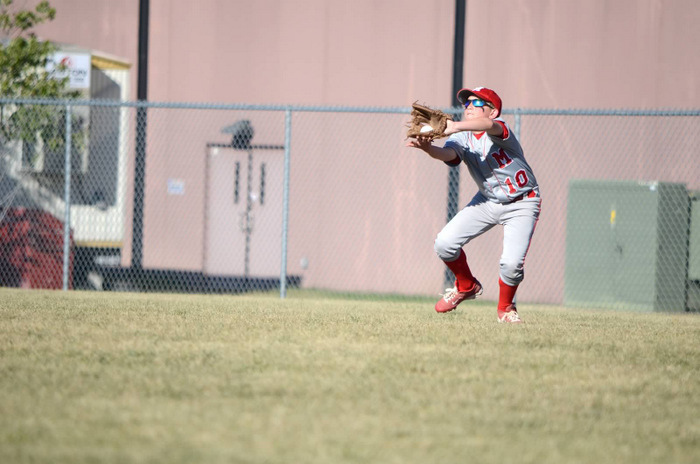
4 | Dealing with the Setting Sun
Sunset is a gorgeous time for photos but as you lose light, your brain knows it, but your camera still thinks that your photos should look like daylight. If you are in Manual, you can just underexpose to make those photos look true-to-life. If you are in Aperture Priority, you are going to have to outsmart your camera. Find your exposure compensation button and dial down the exposure, take a few test shots until you find a setting you are happy with. You will also need to crank up the ISO. As it gets dark, I will often go as high at 2500 to keep the shutter speed at a usable speed.
In this photo, I exposed for the sky so that I would have that lovely sunset behind my son walking back to 3rd base.
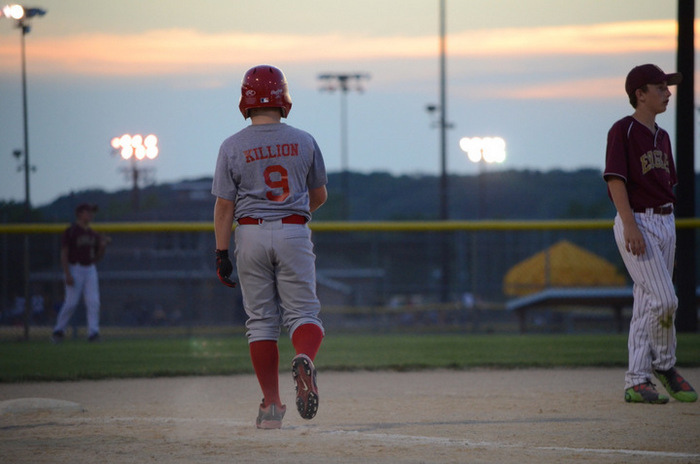
5 | Tackling Photos at Night
Sometimes, it is too dark to get a crisp, clear action shot. At that time, you’ll need to decide what is more important to you: do you want to just sit back and enjoy the game, or do you want to see what fun, noisy, motion-blurred shots you can capture? My answer is always to catch the blur. Document life. Keep shooting (in burst mode)!
In this photo, my daughter is catching, it’s midnight, 92 degree heat, and we’re beating a team that we had lost to 5 times already in the season. It’s grainy and a little blurry, but I was so glad to have that memory.
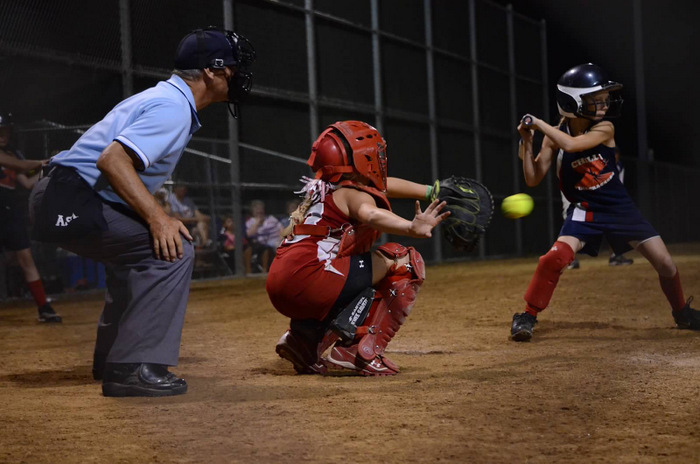
These are just a few of my favorite tricks for dealing with common pitfalls of sports photography. Do you have any tried and true tips you’d like to add to the list?

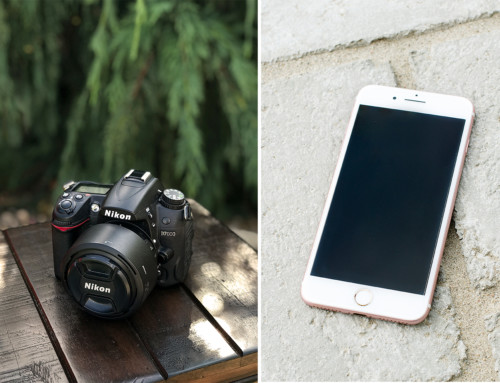
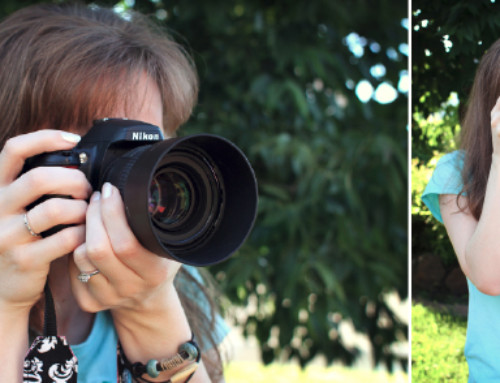
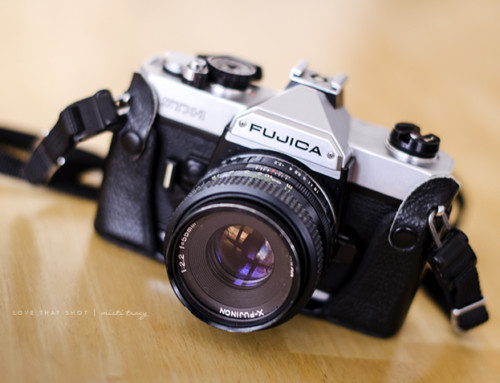
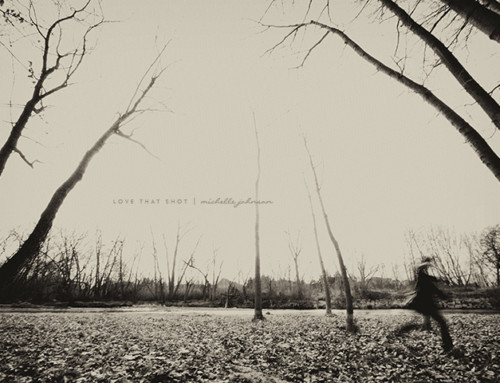





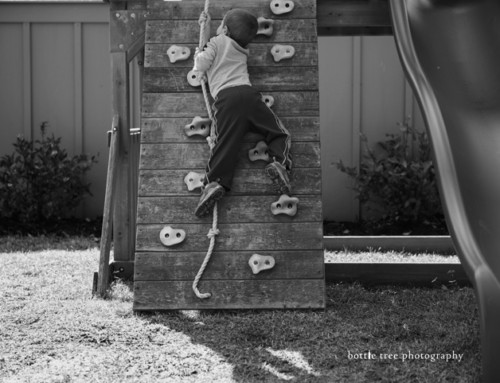

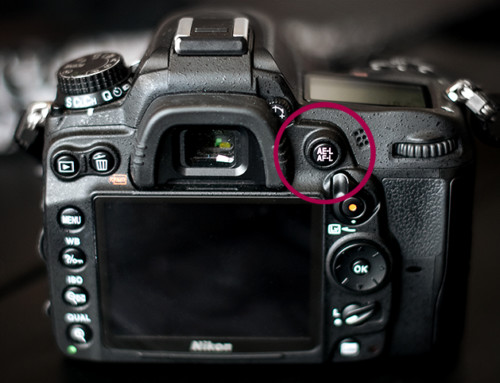


Very good tips for sports photography in different lighting conditions. I have often struggled with Aperture priority mode in low light. The AF hunts and I miss the shot. Dialing down the exposure compensation is a very useful tip. I will try it next time!